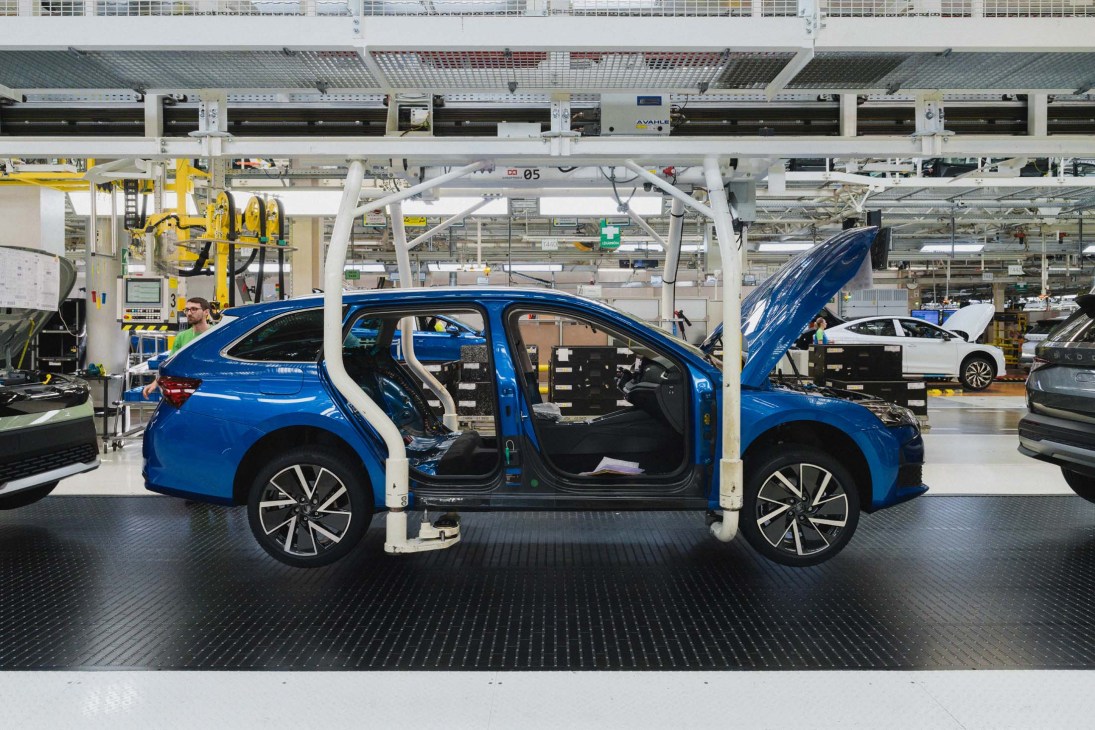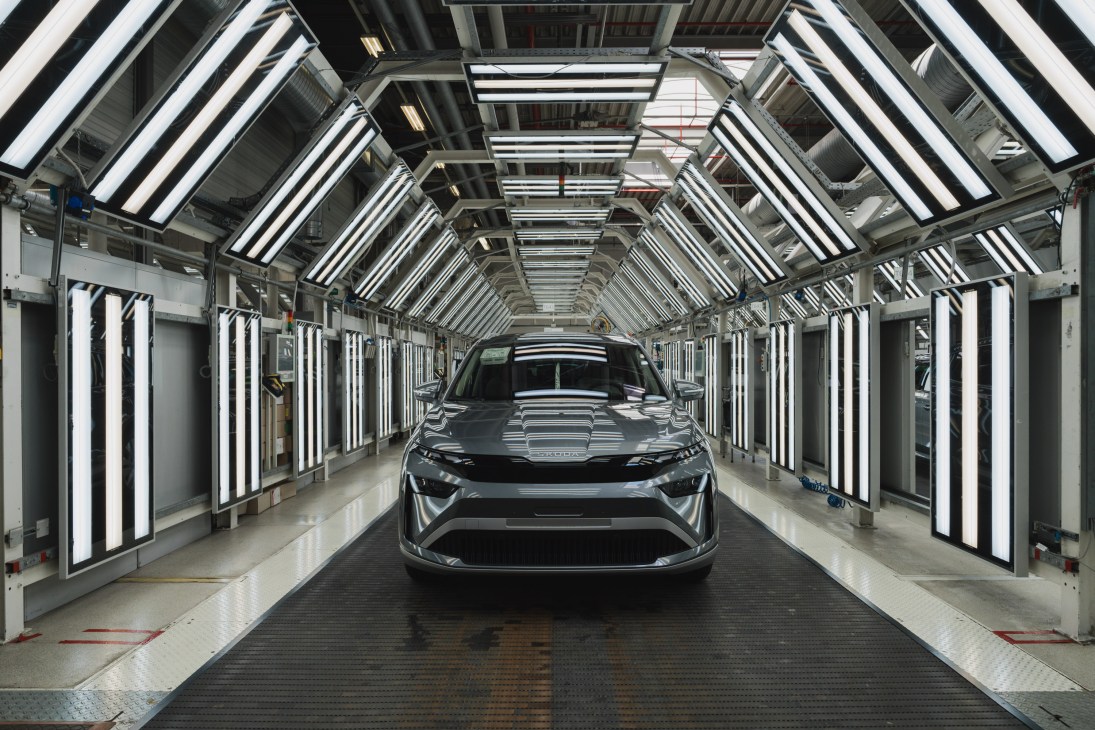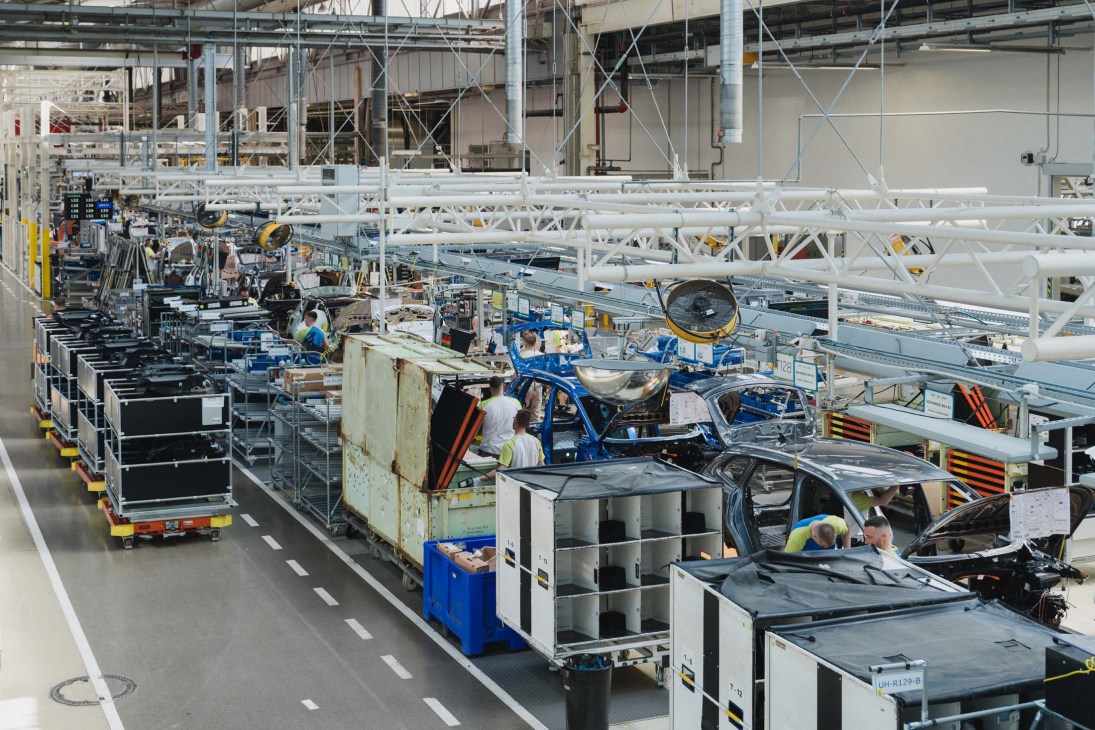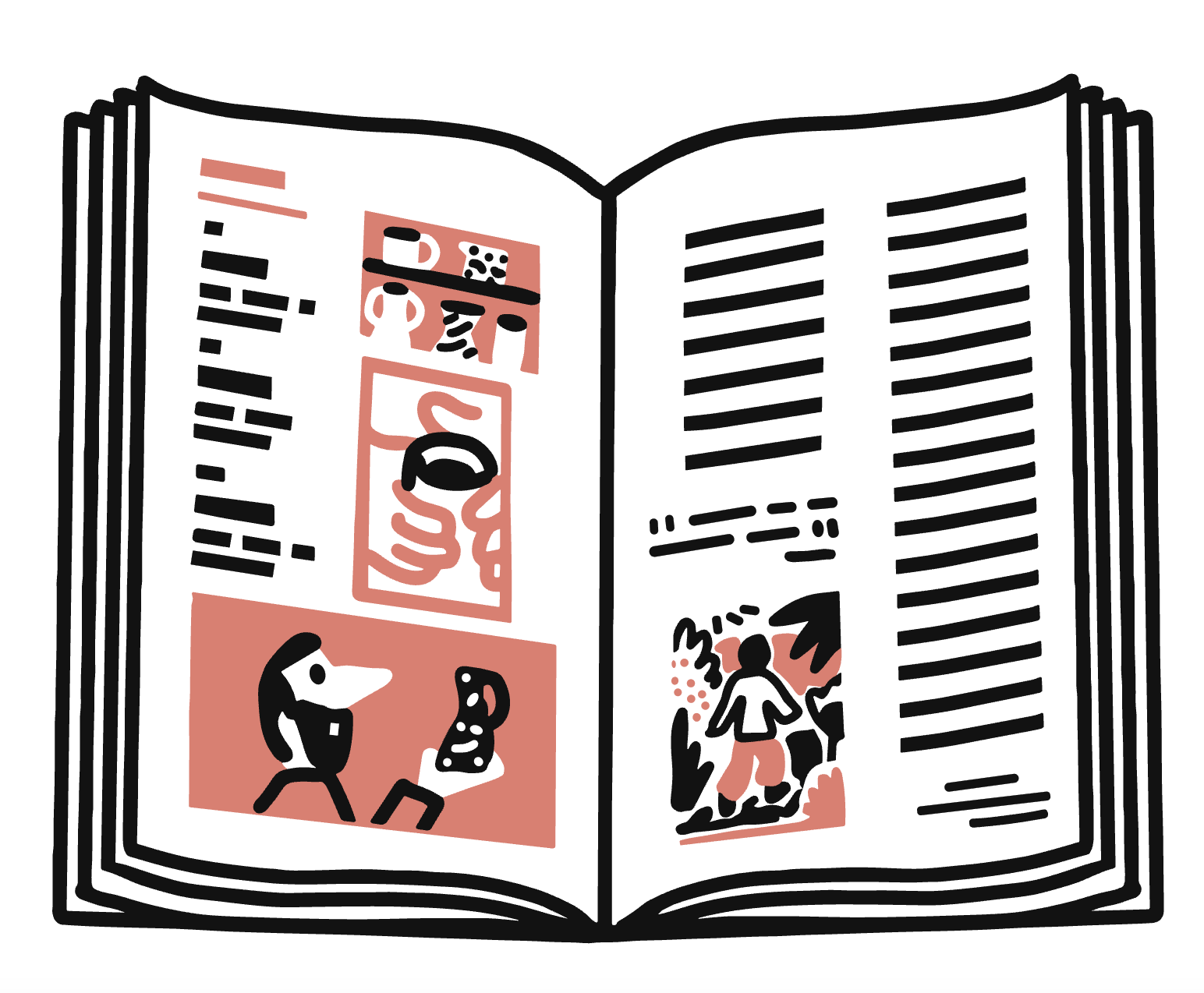How Škoda is responding to China’s EV boom, and shifting the car-making sector up a gear
With its commitment to simplicity and affordable luxury, the Czech automaker is reinventing itself, redefining value and showing the continent how to compete.
Europe’s car-makers are stalling. Germany’s automotive exports fell by a quarter between 2016 and 2023, while Italy’s Stellantis, which owns brands such as Fiat, Peugeot and Jeep, produced about 30 per cent fewer passenger cars in the first six months of 2025 than in the same period in 2024. As the industry struggles with weak demand and, in some cases, fines for not complying with the EU’s carbon-emission targets, China’s share of the continent’s electric-vehicle (EV) market is rising swiftly. European registrations of EVs from Chinese brands soared almost 60 per cent in the year to April 2025.
But for all the gloom, there’s a possible path to redemption, lit by the headlights of an unexpected brand: Škoda. Headquartered in the Czech city of Mladá Boleslav, where it was founded in 1895, the firm has become an unlikely champion of the continent’s car industry. Not long ago, Škoda was the butt of jokes about its cars’ perceived unreliability. (“What do you call a Škoda at the top of a hill? A miracle.” Or, “What do you call a Škoda with a sunroof? A skip.”) Now, though, the brand’s image is improving, releases are edging into the affordable luxury sector and its latest all-electric model, Elroq, is taking on the world’s leading EV-maker BYD’s Seal, undercutting its price by more than €11,000.


At the car-maker’s Mladá Boleslav factory, where all of Škoda’s vehicles destined for the European market are manufactured, CEO Klaus Zellmer compares competing against Asia to “a football season”. “First, we were told that the Japanese would march through us, then the South Koreans and now the Chinese,” he says. “New teams will come with brilliant players and conduct their game in an attractive way. We just need to train, get better and stay lean.”
Part of the Volkswagen Group, Škoda overtook Tesla in European electric-car sales this summer. “We are up in terms of sales and profit, and have doubled our battery-EV sales in the first quarter of 2025 compared to last year,” says Zellmer, as production whirrs around him. “So it’s going well.”
In 2022, Škoda launched a brand-identity redesign that included switching to a colour scheme of two different green hues. This year it exhibited at Milan Design Week for the first time as part of a push to broaden the brand’s appeal and improve its design chops. The move sought to challenge any prejudices about the brand that might still persist, says Zellmer. “At Milan, we showed a vision of Škoda that’s different from what people associate with us,” he says. “We have rejuvenated the brand and repositioned it to target new customers.”
Keeping things simple
Škoda has long believed cars should represent both value and simplicity – which is a particularly Czech trait. “If you sit in a typical Chinese car, you’ll find lots of distractions, which are there on purpose,” says Zellmer. “But we’re taking a different path. During our design process, I always ask everyone, ‘How can we further reduce the visual noise in the vehicle, especially when it comes to screens?’ After all, people are in the car to drive somewhere.”
Despite their successes, Zellmer and the Škoda team face tough challenges. Though the Volkswagen Group’s EV sales rose in the first half of 2025, recent years have been bumpy, with falling profits and job cuts. Germany, which hosts many of the group’s brands, has seen its economy shrink for two consecutive years, complicating the outlook for businesses and reducing demand. And then there are the US tariffs, which could redirect Chinese car exports from the US to Europe. “[If the US market closes] to China, the country’s cars will have to go elsewhere – and that will be Europe,” says Zellmer. “So it will be even tighter in terms of competition. We will feel that.”
Some of the strategies to stay ahead can be seen on the Mladá Boleslav factory floor. Uniquely in the Volkswagen Group, the production line can produce both electric and internal-combustion-engine (ICE) vehicles. Here, the Elroq and the Enyaq SUV use the same conveyor belt as the Octavia, an ICE model first made in 1996 and still Škoda’s most popular product. “We’re at an advantage,” says Andreas Dick, Škoda’s board member for production and logistics. “This way of working gives us the flexibility to react to changes in the market and customer demand.”


For Škoda, building resilience means never relying on a single market. “Fully concentrating on Europe isn’t a smart strategy,” says Zellmer. “It’s like standing on one leg. If it gets shaky, you might fall. As a global brand, we need to stand on two legs.” Zellmer and his team know this from experience. In 2022, Russia was Škoda’s second-largest market and it had two factories in the country. But after the full-scale invasion of Ukraine and Western sanctions, the Czech brand left Russia, taking a hit of almost €700m. Škoda’s entry into the Vietnamese market in 2023 – as well as a focus on India, where it has had a manufacturing presence since 2000 – has helped the company to recoup its losses and diversify. “We’re concentrating on Southeast Asia, the Middle East and India,” says Zellmer. “We can see strong potential for growth in these places.”
Škoda is wisely planning ahead but success sometimes comes down to being in the right place at the right time too: namely in Czechia, which, along with the rest of Central Europe, has GDP growth outpacing some of the EU’s leading economies, including France and Germany. Coupled with lower wages and less bureaucracy, the positive economic outlook is adding buoyancy to Škoda. “We have a pragmatic way of enabling business here,” says Zellmer. Ilia Sokolov, who is in charge of assembly shop maintenance, also points to the Czech approach to manufacturing when he meets us on the production floor. “Part of Czechia’s story is its people’s golden hands. It’s in their mentality.”

Škoda says that it is committed to putting customer experience ahead of gimmicks. “You can speak to real people and have them help you and answer any questions,” says Zellmer. “We need that human touch. Instead of running experiments such as only selling online or in a couple of stores, we have an established organisation representing the brand.”
Meanwhile, Škoda remains a value-for-money proposition. “We want to amplify our brand to attract those who might not be looking for a status symbol and are seeking something that is authentic, credible and intuitive,” says Zellmer. Epiq, a new EV planned for next year, will cost a mere €25,000. It’s a smart move that will keep Czech-made car sales moving, even as the continent’s once-proud marques from Germany and Italy seem to be running out of gas.
skoda-auto.com
Top models
The Bestseller:
Octavia
With more than seven million units sold in just under three decades, Octavia is Škoda’s most popular model by far. It’s a win for convenience rather than flair: it’s got a more spacious boot than rivals, making it a fine family car.
Latest Model:
Elroq
Škoda’s second fully electric release, the Elroq, was Europe’s best-selling EV in April this year. Along with the brand’s signature touches (that spacious 470-litre boot and a 545.5km range when fully charged), the rally sport version offers Škoda’s fastest acceleration – from zero to 100km in 5.4 seconds.
Most-Anticipated Release:
Epiq
Priced at about €25,000 and slated for sale in 2026, the SUV (a more compact version of the Elroq) will be one of the cheapest electric cars on sale.


